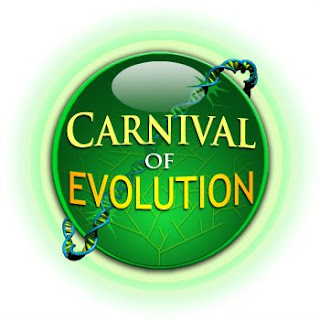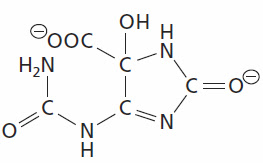Gut, P. and Verdin, E. (2013) The nexus of chromatin regulation and intermediary metabolism. Nature 502:489-498. [doi: 10.1038/nature12752]
Living organisms and individual cells continuously adapt to changes in their environment. Those changes are particularly sensitive to fluctuations in the availability of energy substrates. The cellular transcriptional machinery and its chromatin-associated proteins integrate environmental inputs to mediate homeostatic responses through gene regulation. Numerous connections between products of intermediary metabolism and chromatin proteins have recently been identified. Chromatin modifications that occur in response to metabolic signals are dynamic or stable and might even be inherited transgenerationally. These emerging concepts have biological relevance to tissue homeostasis, disease and ageing.The authors argue that, among other things, methylation of histones is regulated by changes in the concentrations of some citric acid cycle metabolites. I find it difficult to imagine that the concentrations of the citric acid cycle intermediates could change significantly enough to act as allosteric effectors but that's not what grabbed my attention.
It's the figure showing the citric acid cycle (TCA cycle) that shocked me.
Textbooks show that the products of the citric acid cycle are ...
That's three NADH, one QH2, and one GTP (or ATP) for a total of ten ATP equivalents. The new version, published last week in the most prestigious science journal in the world, shows that there are six NADH produced per cycle for a total of 15 ATP equivalents. It must be correct because this is a paper about intermediary metabolism and it was reviewed by experts in the field. Unfortunately, the authors don't give a reference to this new information. I assume that it's common knowledge among the top metabolism researchers so they didn't bother citing the papers.
Can anyone out there direct me to the revolutionary papers that I missed?
P.S. I'm not even going to mention that FADH2 is NOT a product of enzyme-catalyzed β-oxidation.


























